MR2 or Fiero? Choose your mid-engine ’80s fighter … while it’s cheap
Want a better understanding of what’s driving collector-car values? Sign up for the Hagerty Insider newsletter.
Today, the terms “mid-engine sports car” and “affordable” aren’t terribly compatible. Sure, the Corvette Stingray is a fantastic bargain relative to its peers, and the Porsche Cayman is an absolute delight, but they’re still a big reach for the average enthusiast. However, for a brief time in the 1980s, there were multiple mid-engine cars in the North American market that were legitimately affordable.
The 1970s brought the mid-engine platform from racing to the road, most notably with exotics from Italy, like Lamborghini’s Miura and Countach and Ferrari’s 512 BB. More affordable options came to the masses with the likes of the Fiat X1/9. It wasn’t until the ’80s, though, that major players in the U.S. market got in on the act.
The Pontiac Fiero debuted in 1984 to much acclaim, and the Toyota MR2 joined the U.S. market a year later. These were both mainstream brands that primarily churned out more staid layouts—front-engined, front- and rear-wheel-drive cars aimed toward everyday transportation. Sure, Pontiac and Toyota had their existing sporty models, but the fact that the MR2 and Fiero were so radically different from their respective stablemates is why we’re still talking about them today.
Prices for both models are creeping up, and today, buyers will pay a premium to relive some of that mid-priced, mid-engine magic, especially for the most desirable versions.
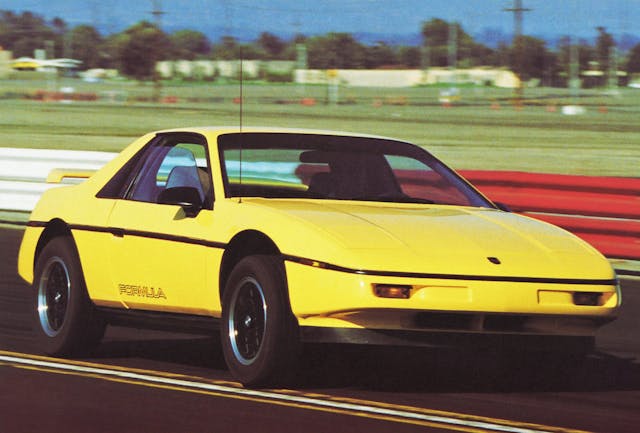
Our own Jason Cammisa’s dive into the Fiero’s origins is definitely worth watching. The basics: GM brass gave Fiero the green light based on the assumption that it would be an economical commuter. As a result, Pontiac borrowed heavily from GM’s parts bin to keep costs low. Cribbing the front suspension from GM’s compact RWD Chevette and repurposing the front suspension of GM’s front-drive Chevy Citation/Pontiac Phoenix for the rear, the Fiero’s underpinnings might have saved money, but the car’s performance didn’t match its eye-catching styling.
Unfortunately, the Fiero never received the powertrain it deserved. The 2.5-liter Iron Duke was the car’s sole powerplant at its launch. Known for dogged reliability and simplicity, it was a 92-hp economy-car engine that fit the Fiero’s stated mission, if not its looks. The 2.8-liter V-6 that became optional with the GT model in 1985 was significantly more powerful, with 140 hp, but still hardly the stuff of sports-car dreams.
Despite its lackluster powerplants, the Fiero managed to be fun. It was compact, rigid, and relatively lightweight (around 2600 pounds), and Pontiac made tweaks every year to incrementally improve it. The GT model, along with its improved power, brought wider tires and, for 1986, a new pseudo-fastback look. A five-speed manual transmission made its debut in June of that year as well.
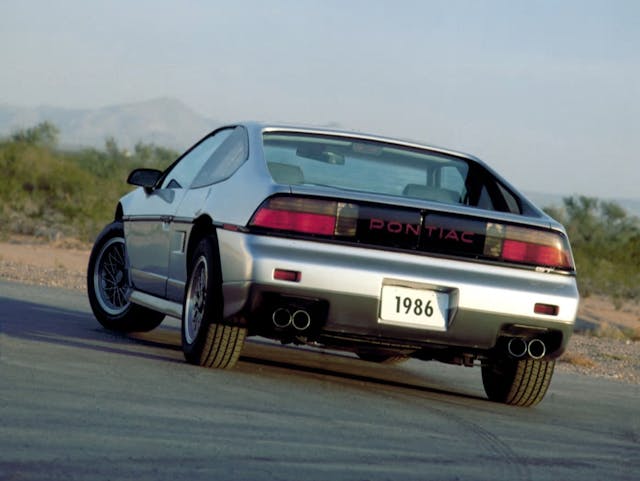
The Fiero’s steel spaceframe construction and fiber-reinforced plastic body panels made styling updates a breeze for Pontiac and also contributed to the Fiero’s popularity as a donor vehicle for faux-exotic kit cars of the era. Pontiac dealers even got in on the action by selling the Mera, a Ferrari 308 clone made using a new Fiero, in 1987 and 1988.
The Fiero sold incredibly well at launch, but sales tapered as the years went on, even as Pontiac added power and introduced the sporty GT fastback. The final year of Fiero production, 1988, saw its lowest sales despite the car finally receiving the improved suspension it needed to live up to its sporty looks. A second-generation Fiero was planned, and a prototype was built, but the sagging sales numbers spelled Fiero’s end.

While the Fiero was an economy car that would look and eventually drive like a sports car, Toyota’s MR2 was a sports car that happened to deliver good fuel economy.
Toyota offered the public a peek at its mid-engine intent when it showed the SW-3 concept in 1983, and it introduced the MR2 in North America in early 1985. The entry price, including destination, was $11,195—about $31,000 in today’s dollars. The MR2 reaped praise for its sharp handling, crisp-shifting five-speed gearbox, and finely constructed, 1.6-liter, 112-hp powerplant.
In other words, the MR2 delivered the driving experience that its looks promised. Several buff books placed the MR2 into their various “best of” lists, including Car and Driver (10Best) and Motor Trend (Import Car of the Year).
The MR2 received an engine upgrade partway through its first generation: the addition of an intercooled supercharger. That boosted the little 1.6-liter to a peppy 145 horses. Though available to Japanese buyers in 1986, Americans had to wait until 1988. Enthusiasts got just one angular body style on the MR2, but Toyota made yearly changes to make aero bits, trim, and mirrors match the body color, bit by bit. Time has been kind to the MR2’s design—it’s basically a rolling representation of how we like to remember the 1980s.
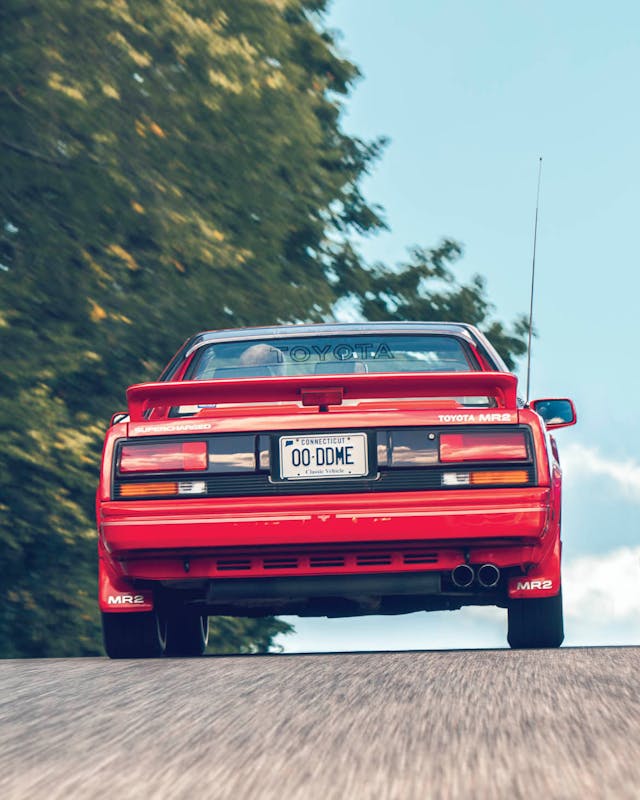
For collectors, the supercharged version of the MR2 is the most desirable, with the average #2 (Excellent) condition value of a boosted model coming in at $31,200. That’s 44 percent higher than their naturally aspirated counterparts in #2 (Excellent) condition at $21,700. Even more impressive, it’s a 161 percent increase compared to its value just five years ago. In addition to rising interest for the MR2 on the model’s own merits, the rise of the Japanese segment as a whole may well be a contributing factor to MR2 values’ steep growth.
Fieros have been on the march too, just not to the same degree. Five years ago, values for 1988 GTs, the most desirable model, were similar to those of its supercharged Toyota counterpart. Today they’re up 50 percent, with #2 (Excellent) models coming in at $19,600.
That’s a 58 percent premium over the mechanically similar 1988 Formula at $12,400 for #2 (Excellent) condition. Other desirable Fiero models include the 1984 Indy Pace Car, the most valuable Fiero powered by the 92-hp Iron Duke.
Our insurance data suggests that these cars have a solid future, as younger buyers are interested in both of them. Sixty-five percent of the people who called us last year for an insurance quote on a Fiero were Gen X or younger (compared to that generation’s 61 percent market share for all enthusiast vehicles). The overall number of insurance quotes for Fieros grew faster than the collector car market as a whole in 2021–2.
The news for the MR2 is similarly optimistic. For the 1984–9 Toyota MR2, the share of quotes from Gen X and younger in 2022 was 82 percent, and interest is also outpacing the growth of the market as a whole. However, based on sheer volume of quotes, the Fiero is nearly three times more popular than the MR2.
That popularity shouldn’t come as a surprise. In the North American market, Pontiac sold 136,840 Fieros in 1984 alone. That’s more than Toyota’s entire run of the first two MR2 generations through 1995. In this foray into affordable, mid-engine runabouts, the Fiero emerged victorious in the battle of ’80s mid-engine coupes by sheer volume.
However, the relatively rarer MR2, the more fully developed sports car from the get-go, brings in higher prices. And since the MR2 survived long enough to fight on in the ’90s, you might also say it won the war.
***
Check out the Hagerty Media homepage so you don’t miss a single story, or better yet, bookmark it. To get our best stories delivered right to your inbox, subscribe to our newsletters.
Via Hagerty Insider
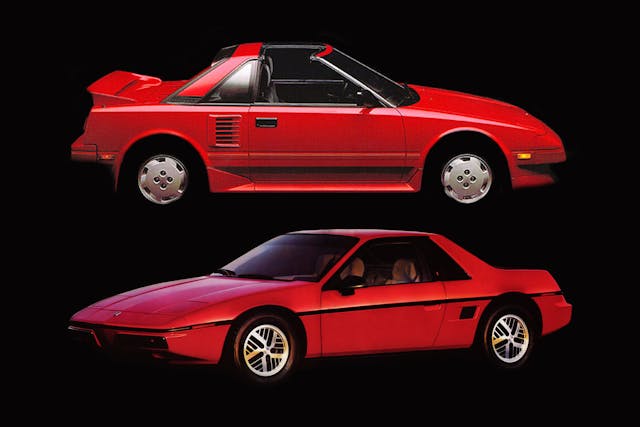
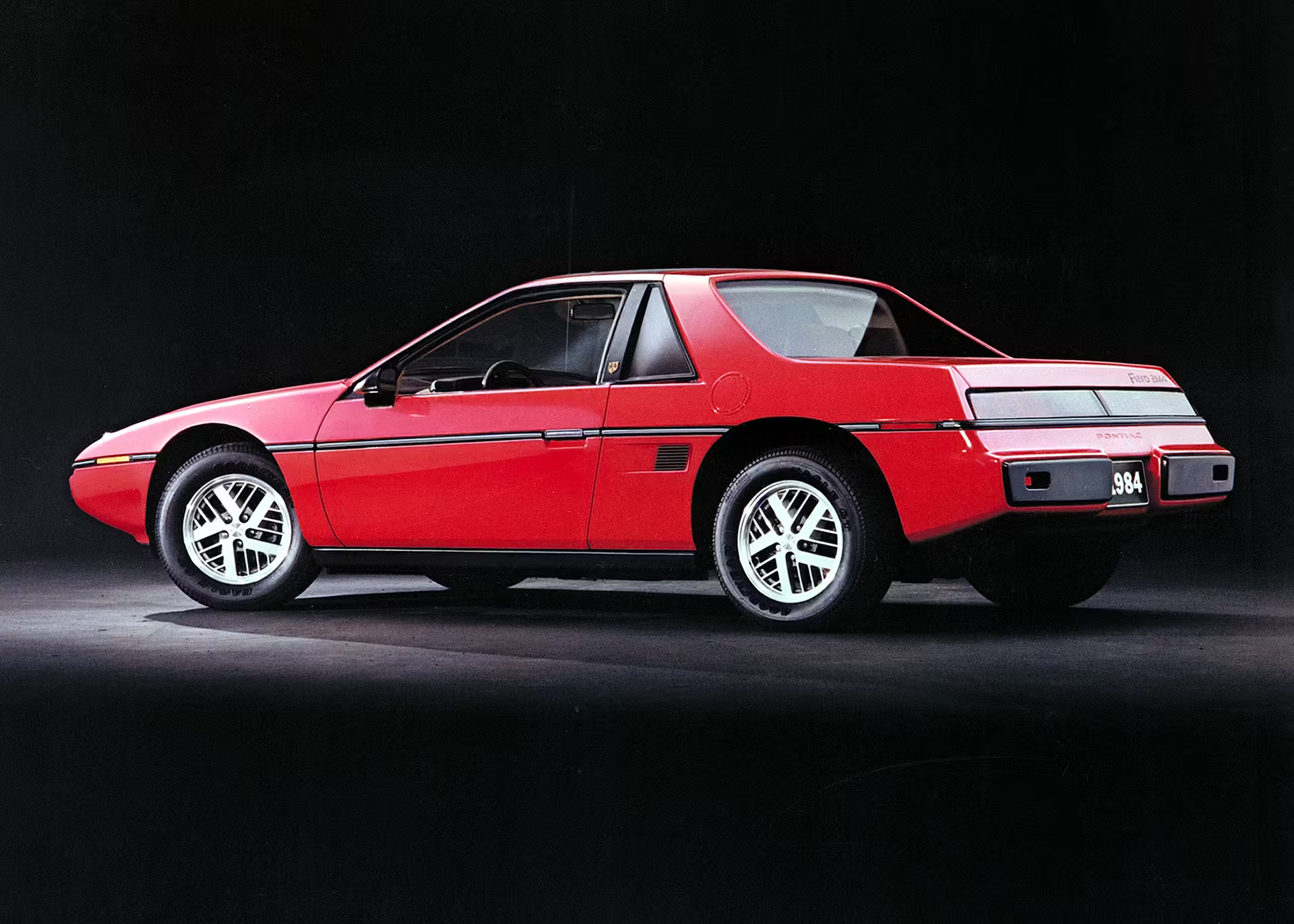






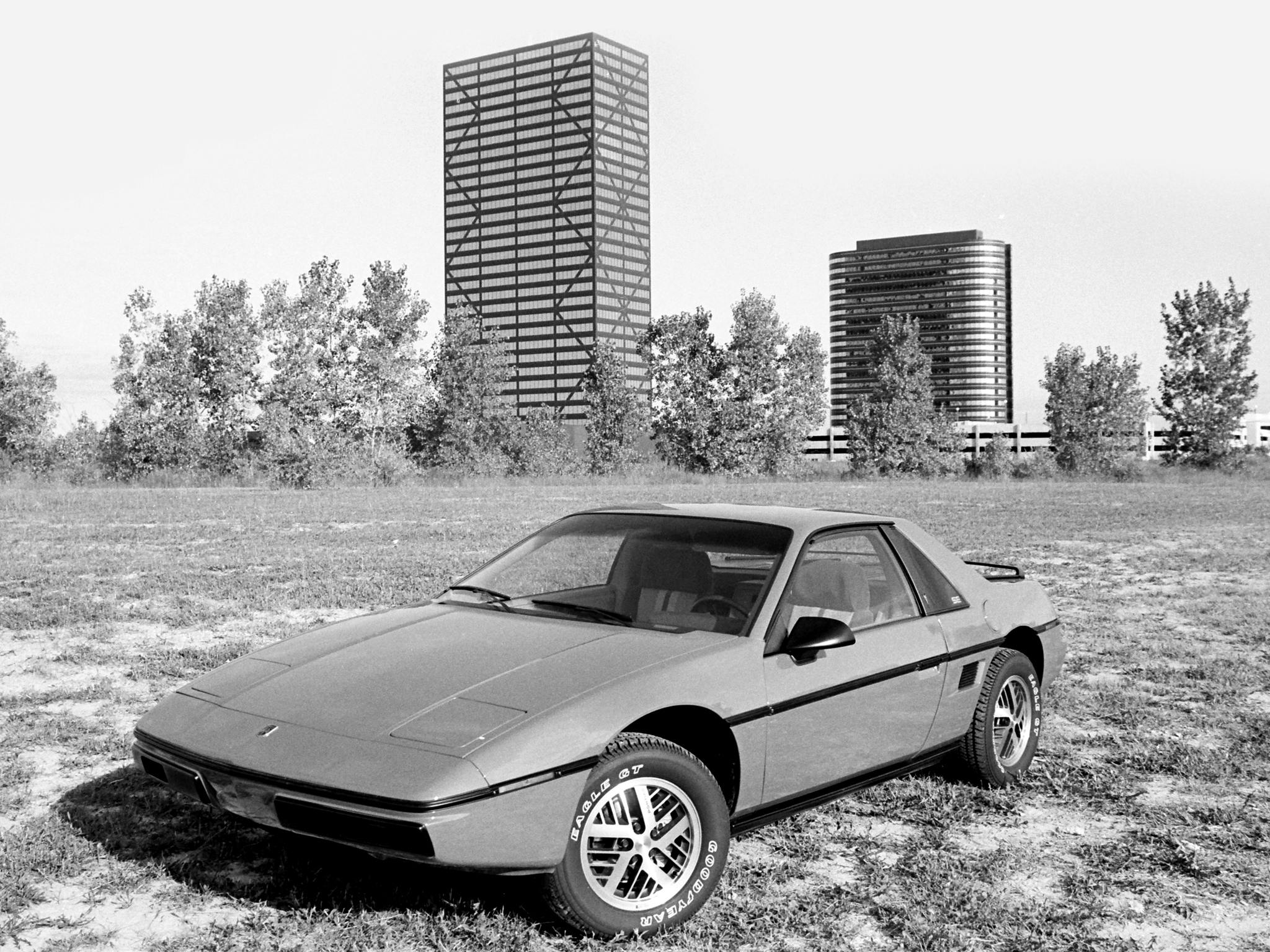

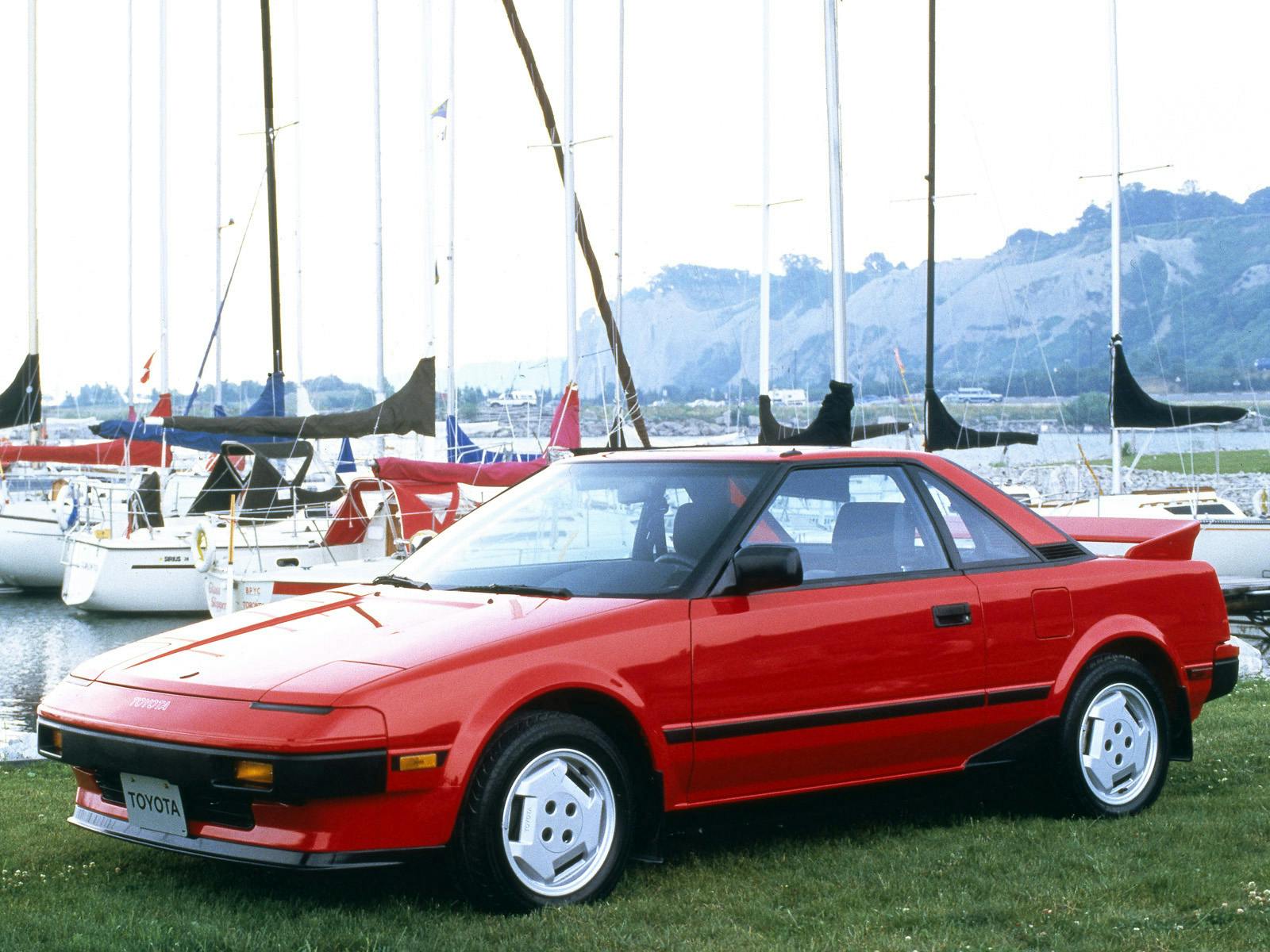
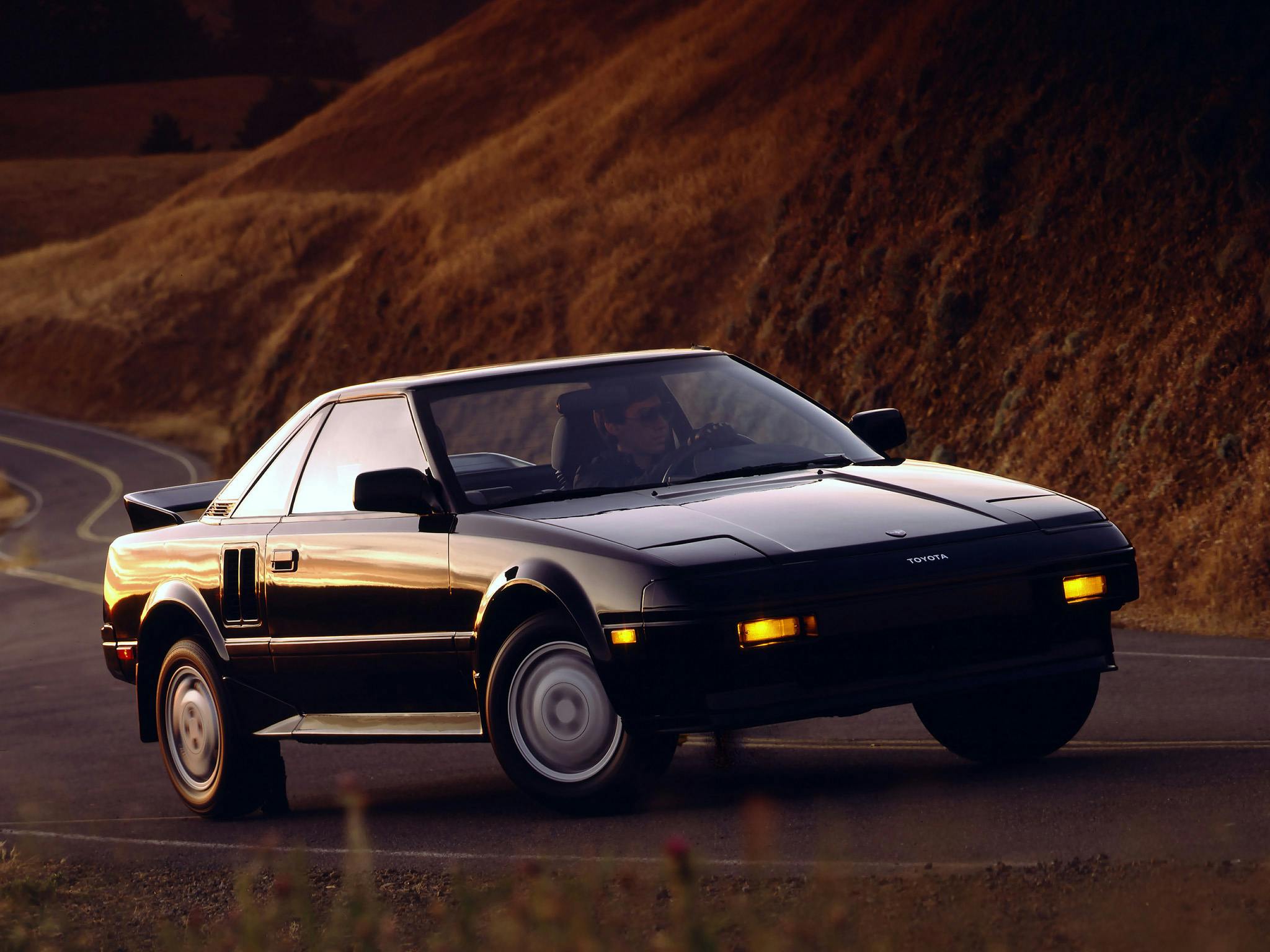

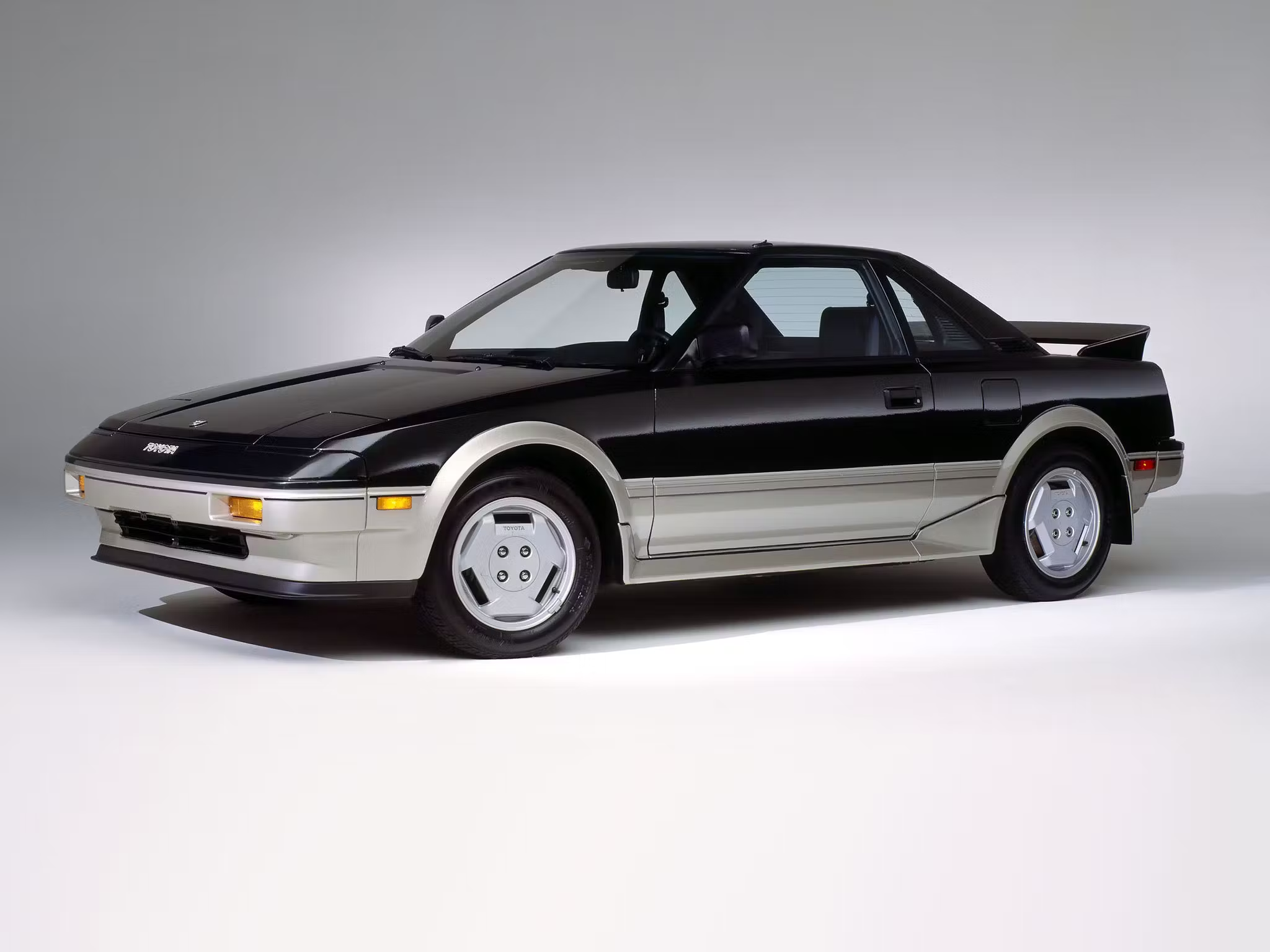


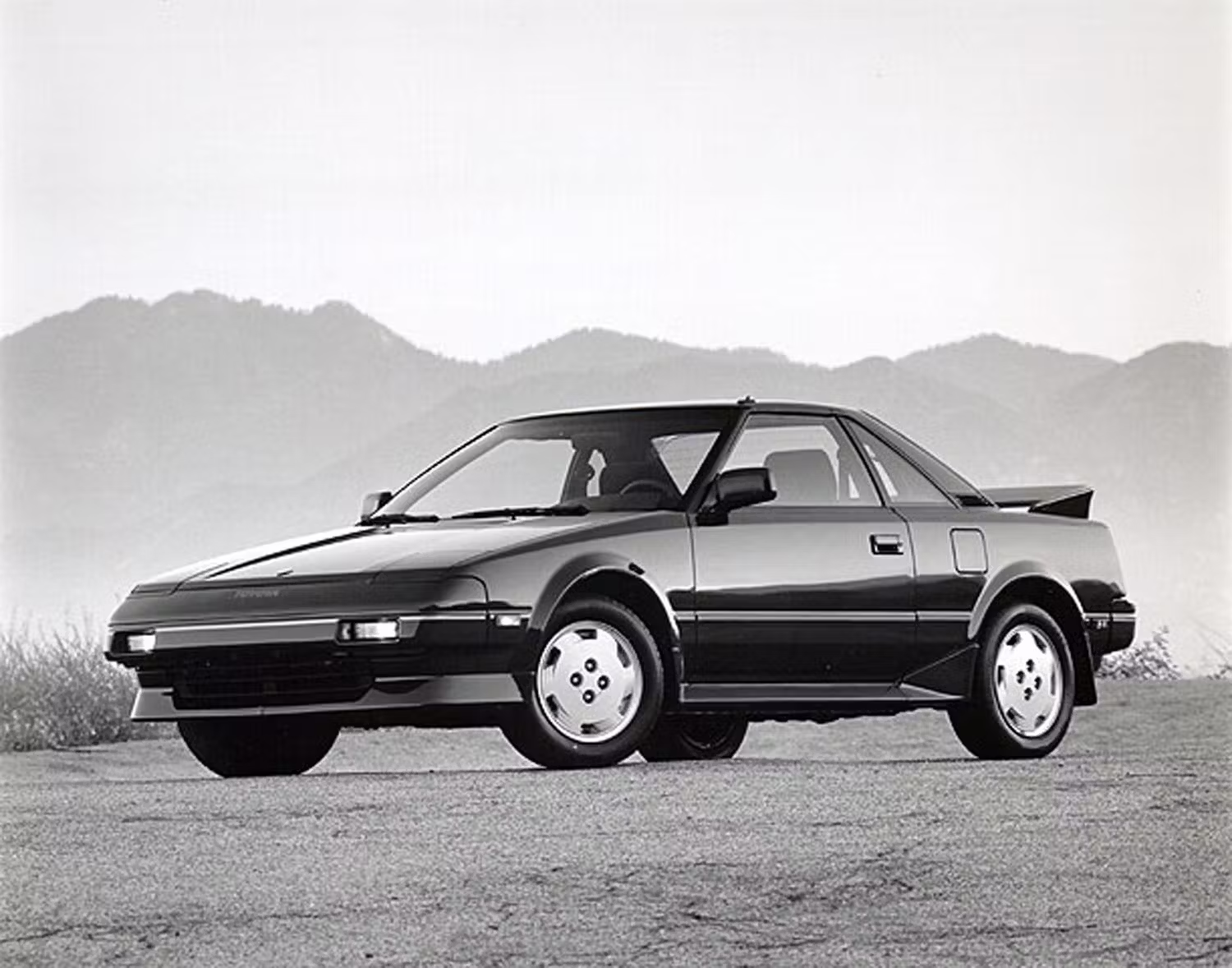


I was looking at buying a new MR2, and the salesman said that if you had a flat in a Fierro, the tire needing repair wouldn’t fit in the car! Was that true?
The MR2 won the war, huh??? Ha That’s unfair assessment.
Pontiac was fighting against Corvette & GM who was trying to kill the Fiero program. MR2 kept the Fiero on its toes while GM was trying to eliminate it. GM is the real enemy!
My Fiero GT 1986 I’ve owned cents 1988. I get upset when I hear these great cars run down. We are talking a new vehicle right out of the box. Fourth years later.
Something not mentioned in the article was that the Fiero base price was around $8K, whereas the first-gen MR2 began around $11K, a steep 37.5% adder. As a young man, I bought a new Fiero 2M4 in 1986 while working a job that paid only a little more than minimum wage at the time.
I could’ve stretched to afford the MR2, but didn’t think it was worth it, and I wasn’t crazy for the somewhat clumsy, kit-bashed styling. (I liked the X 1/9 more, but that design was already showing its age, and I didn’t see a future for Fiat in the USA.)
I could’ve also stretched to afford a Fiero GT, but my love was for the original “hero” Fiero: the red 2M4. So, I bought one 38 years ago and I still have her today. I try to keep her as factory stock and original as possible–a true, unviolated survivor.
She may not win drag races, but we basically “grew up together” and she makes me smile every time I look at her.